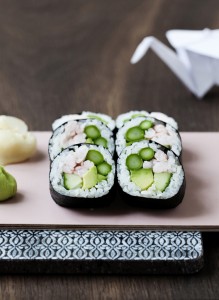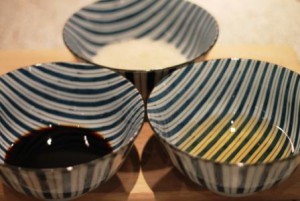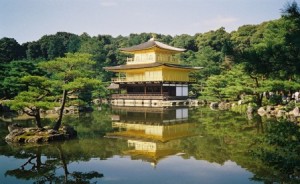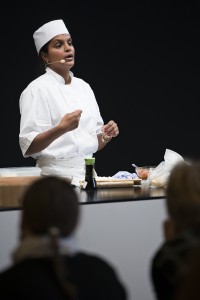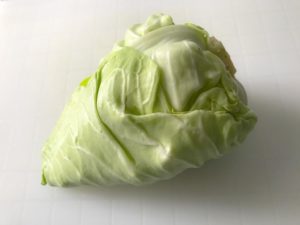
The Japanese dumplings also called gyoza comes from China. Yep, it’s good enough.
China is world famous for making many different types of dumplings in fish, seafood, meat and with various vegetables.
Several thousand years ago, dumplings came from China to Japan. One type of the Chinese dumplings found its way to Japanese cuisine. Japanese chefs chose to change the ingredients and made the dumpling with Japanese flavors.
In this way, dumpling was given the unique flavors and aromas that characterize Japanese food.
Japanese Gyoza is today a regular part of Japanese cuisine. It is a kind of dish that can either be enjoyed as a snack, appetizer or main course. There are several different options.
In Traditional Japanese food course for beginners, you will learn step by step how to make Japanese gyoza as Japanese chefs in Tokyo.
_
Zoë has lectured and held sushi courses for A. P. Moller – Maersk, Hugo Boss Nordic, Novo Nordisk, Novartis, Velux, Gorrissen Federspiel, Beierholm revision, Elbek & Vejrup and many more.

